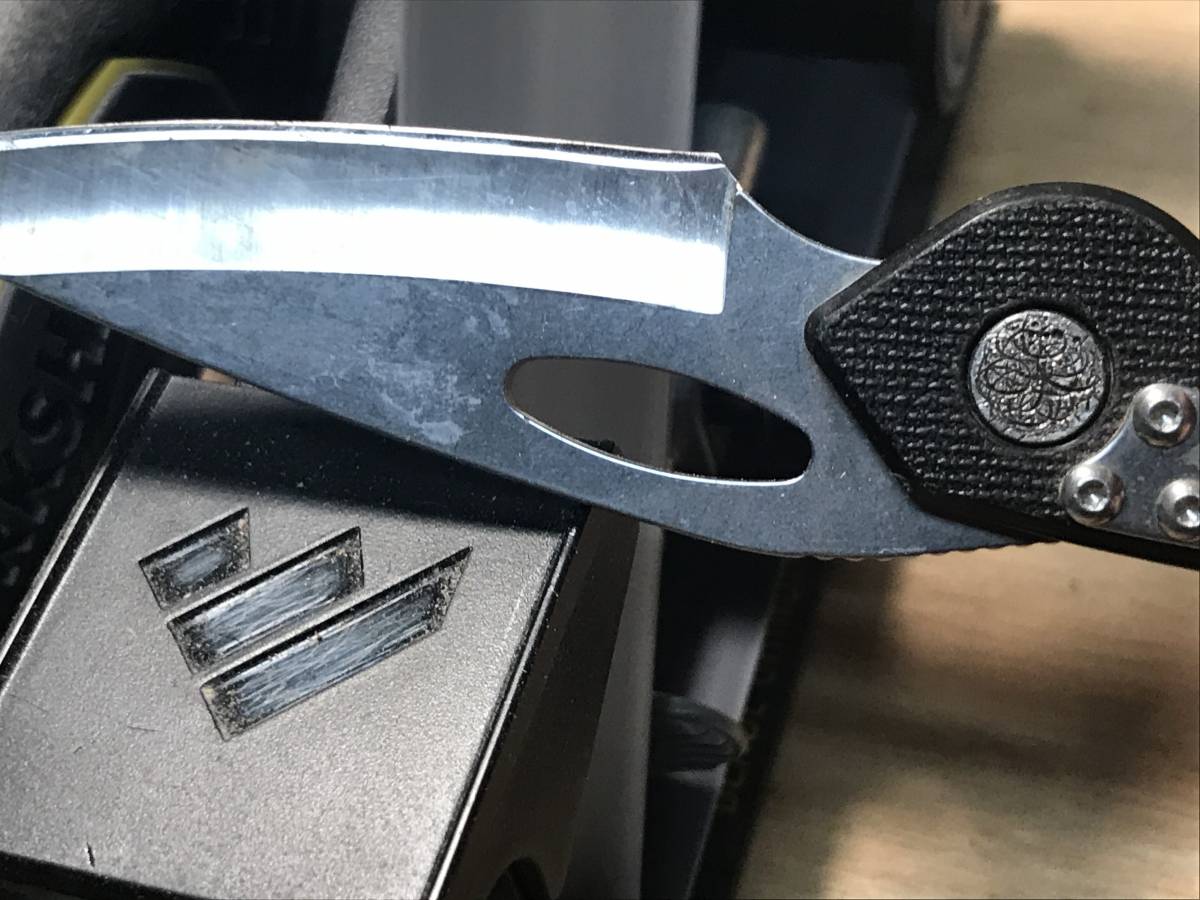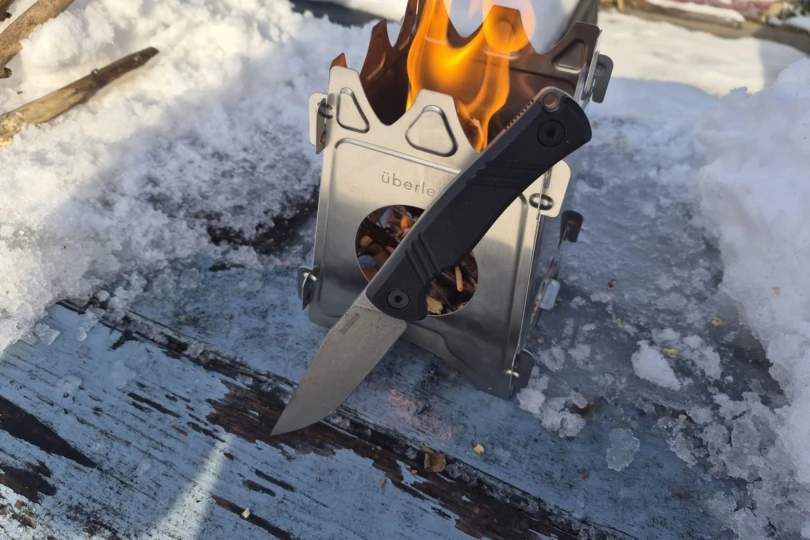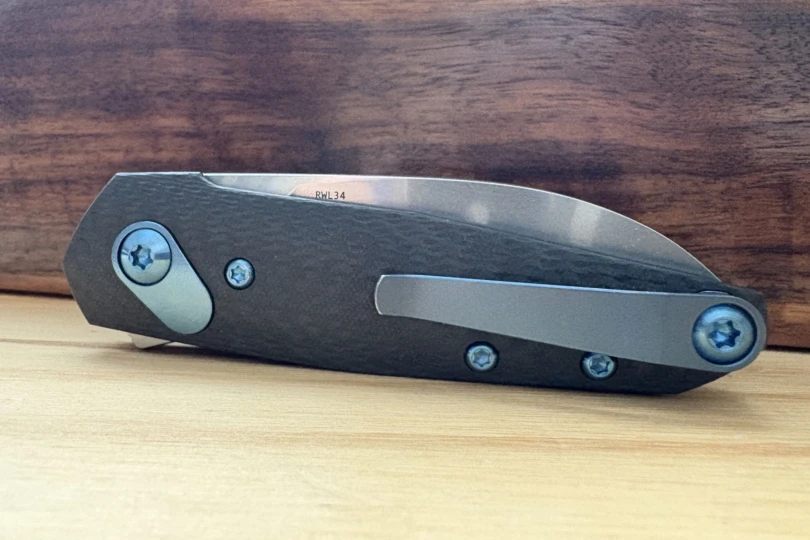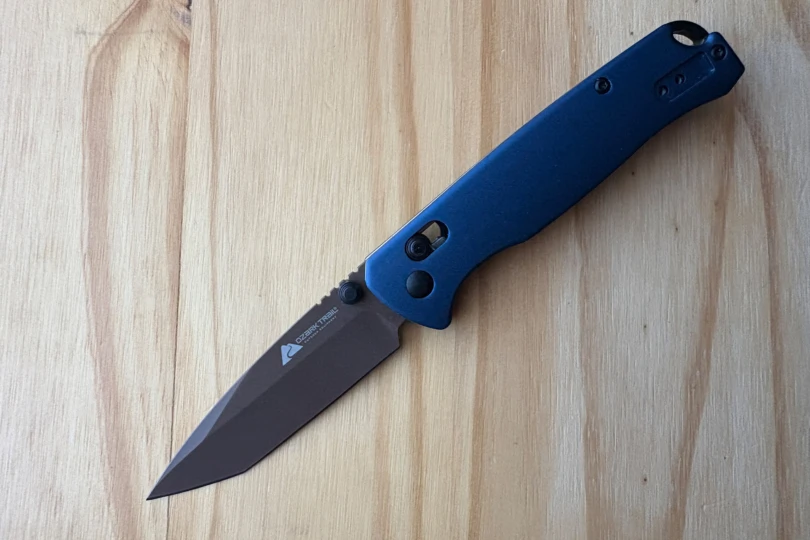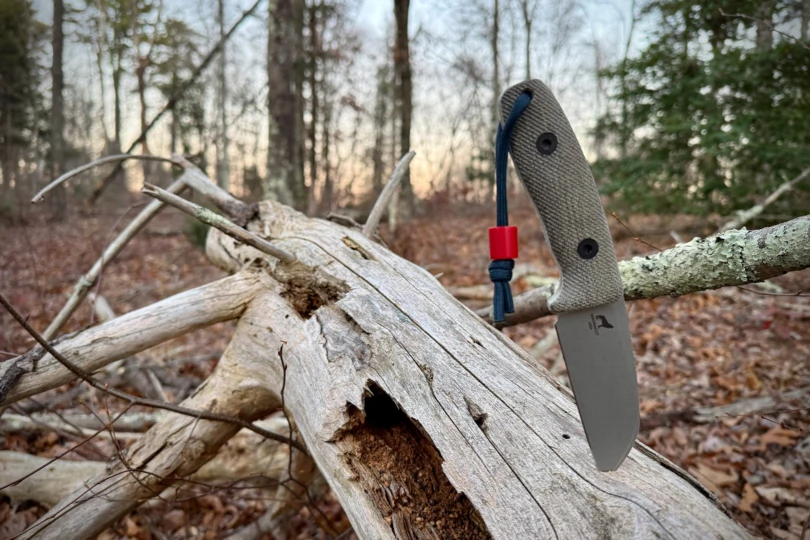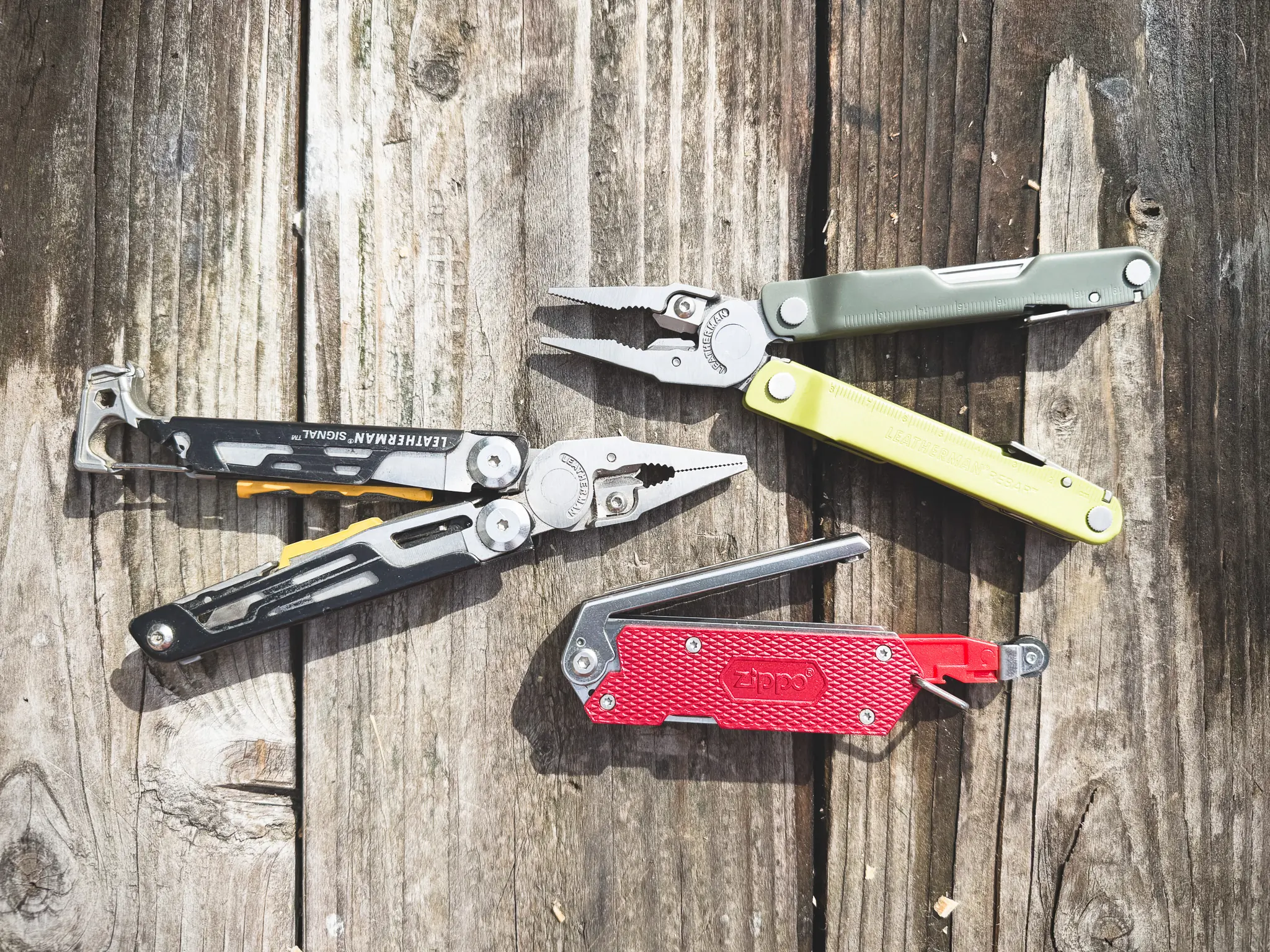Knife sharpening is a fundamental piece of gear maintenance that even translates to the kitchen. Here, we discuss the wire edge, or burr, created while knife sharpening and how to address it.
The end of winter is a good excuse to do some gear maintenance. And with the social distancing required because of COVID-19, now’s a perfect time to really learn how to sharpen a knife. It’s a skill that will be useful for the rest of your life, whether you’re touching up a paring knife in the kitchen or a massive chopper for outdoor work.
But knife sharpening is a bit of a challenge: part ye olde craftsmanship, part geometry, and part voodoo. This article provides some insights and workarounds for one of the most vexing problems you will encounter when sharpening a knife — wire edges.
What Is a Wire Edge?
A wire edge, also called a burr, is the result of sharpening a knife. Imagine a sharpened knife edge zoomed way in. You have the two sides of the blade coming together at a point, and riding along that point for the entire length of the blade is a small, toothy section of very thin steel raised up from the main edge. That raised, toothy section is a wire edge.
The problem with the edge is that, while it’s exceptionally sharp, it’s also exceptionally weak, folding or flopping over from one side to the other with almost no pressure. The result is that the knife feels sharp but doesn’t cut like a sharp knife.
Wire edges can be frustrating, especially for folks new to sharpening their own knives. You can see a wire edge with your naked eye, but if you don’t know what to look for, that’s not helpful.
Here’s a very pronounced wire edge (I worked the edge specifically to emphasize the wire edge for photo purposes):
You will undoubtedly feel a wire edge or burr when you drag your nail toward and off the edge of the knife. Doing this carefully will reveal a wire edge when your nail hangs up at the edge. Whichever side snags your nail is the one with the wire edge.
How to Fix a Wire Edge
If you can’t prevent the creation of a wire edge by systematically counting strokes or passes and keeping your grind angle consistent, then you need to sharpen with a plan to address the wire edge after it comes into existence.
Ray Mears, noted survivalist and knife-sharpening master, has an excellent video on sharpening knives in the field, below. In it, he explains how he uses the edge of a piece of tempered glass (like that found in a car window) to knock down a wire edge as the final step in sharpening.
This technique is very dangerous for novices, but glass is exceptionally hard and will definitely kill the wire edge. The other, easier approach is to use strops. Strops should be part of any sharpening regime, and they are especially good at knocking down and erasing a wire edge. A few strokes on a strop (counting strokes and alternating sides) with different compounds will rid you of a wire edge.
If you don’t have a strop, a belt can work. You can also very carefully hit the edge of the knife on the bottom of a coffee cup or on some stacked cardboard.
There you have it. Keep at it, as practice makes perfect.

